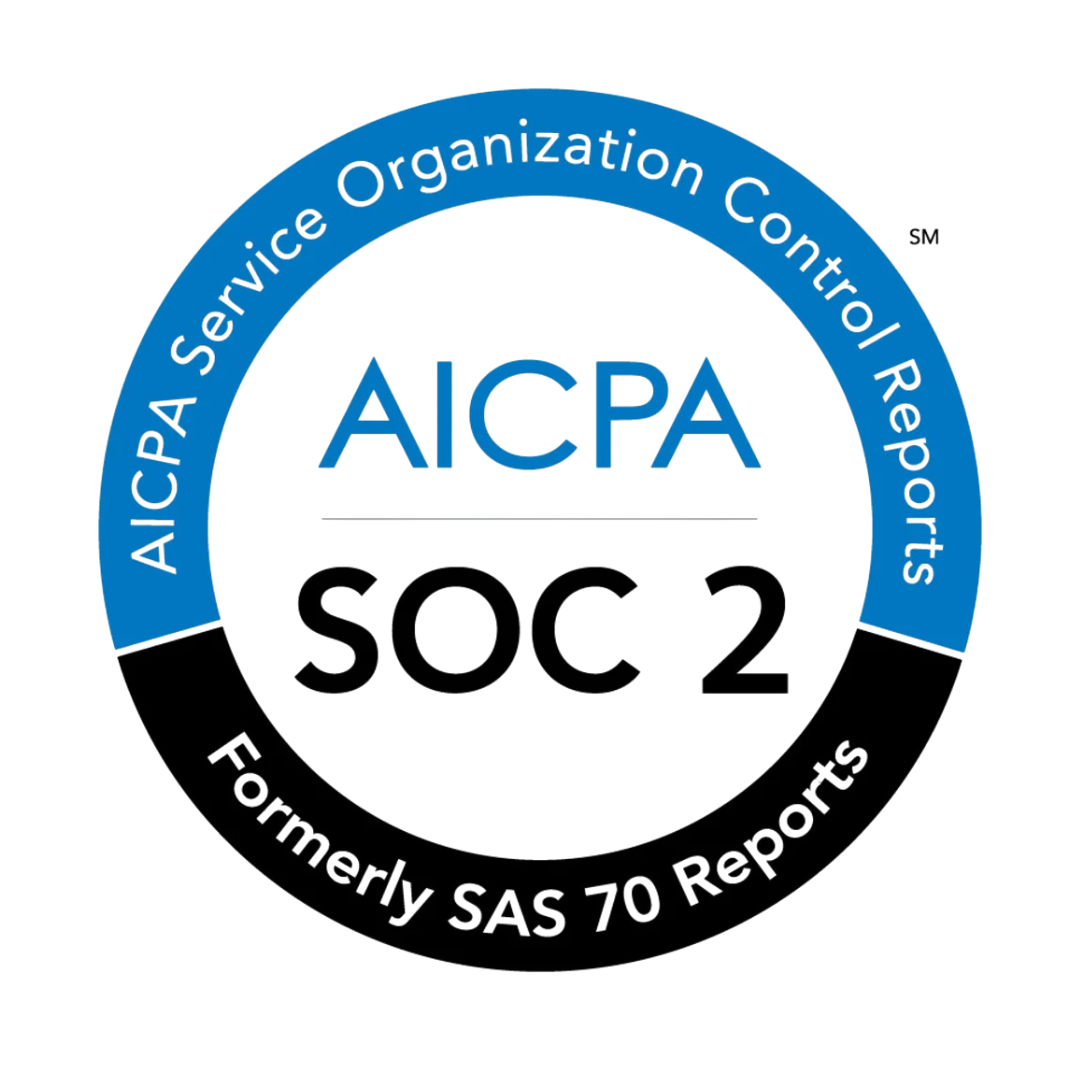The pre-seed funding landscape has evolved dramatically, with pre-seed rounds now representing over 20% of all venture rounds globally and becoming the second most common type of venture financing. (Metal) For founders raising under $2 million, the choice between venture capital and angel funding carries significant implications for equity dilution, growth trajectory, and long-term company control.
This comprehensive analysis examines the latest 2024-Q1 2025 benchmark data to help founders make informed decisions about their pre-seed funding strategy. The venture market experienced a significant downturn in 2023, with total deal volume dropping by approximately 50% from 2021's peak. (Right Side Capital) Understanding these market dynamics is crucial for founders navigating today's funding environment.
The Current Pre-Seed Funding Landscape
Market Size and Activity Levels
Pre-seed funding has transformed from a rare occurrence to the fastest-growing round type in venture capital. According to Carta's data, the vast majority of pre-seed rounds in the US fall within the $1-2 million range, with valuations typically ranging from $5-10 million according to AngelList benchmarks. (Metal)
The growth in pre-seed activity is driven primarily by fund managers seeking to invest at the earliest stages when valuations are lowest, as venture returns have historically been highly concentrated at these initial stages. (Metal) However, this increased activity comes with a critical caveat: while pre-seed rounds occur more frequently than Series A financings, the total number of investors specializing at pre-seed is approximately one-third that of Series A.
Investor Concentration and Risk Profile
Pre-seed investments are characterized by their experimental nature, with failure rates typically ranging from 50-90% of all financings. (Metal) This high-risk profile has led to a concentrated investor landscape where a small number of specialized investors make large numbers of investments to spread risk across a broader distribution of companies.
Accelerators play a particularly significant role at the pre-seed stage, responsible for over 35% of all pre-seed rounds globally. (Metal) This concentration creates both opportunities and challenges for founders seeking funding.
Venture Capital at Pre-Seed: The Data Deep Dive
Check Sizes and Investment Patterns
Venture capital firms operating at the pre-seed stage typically maintain check sizes that represent 1-2% of their total fund size. (Metal) For funds with $100 million in assets under management, this translates to checks in the $100-200K range, though larger funds may write significantly bigger checks.
The 2024 data reveals that VC firms at pre-seed tend to be more selective but offer larger individual investments compared to angel investors. This selectivity is driven by the institutional nature of VC decision-making and the need to justify investments to limited partners.
Dilution Expectations from VC Rounds
Dilution occurs when new shares are issued during a funding round, reducing existing shareholders' ownership percentages. (Mostly Metrics) For pre-seed VC rounds, founders typically face dilution in the 15-25% range, depending on the round size and pre-money valuation.
The key consideration for founders is that VC dilution at pre-seed often comes with additional terms and conditions that may impact future rounds. These can include liquidation preferences, anti-dilution provisions, and board representation rights that angel investors rarely demand.
Time-to-Close Dynamics
VC firms generally have more structured decision-making processes, which can extend the time-to-close for pre-seed rounds. Based on industry observations, VC-led pre-seed rounds typically take 3-6 months to close, compared to 1-3 months for angel-led rounds. (Metal)
This extended timeline reflects the institutional nature of VC investment processes, including partner meetings, due diligence requirements, and legal documentation. However, the trade-off often includes more substantial funding amounts and strategic value-add.
Angel Funding at Pre-Seed: The Alternative Path
Angel Investment Characteristics
Angel investors typically write smaller individual checks, often ranging from $25K to $100K, but can collectively provide substantial funding when organized into syndicates or groups. The angel funding landscape has evolved significantly, with operator angels and venture scouts driving early deal flow becoming a key trend in 2025. (LvlUp Ventures)
Angel investors often bring operational expertise and industry connections that can be particularly valuable at the pre-seed stage. Unlike institutional VCs, angels typically make investment decisions based on personal conviction and can move more quickly through the funding process.
Dilution Impact of Angel Rounds
Angel rounds typically result in lower individual dilution per investor, but the cumulative effect can vary significantly based on the number of participants. A typical angel round might involve 10-20 individual investors, each taking 0.5-2% equity stakes, resulting in total dilution of 10-20%.
The advantage of angel funding lies in the typically simpler terms and fewer restrictive covenants. Angels rarely demand board seats or complex liquidation preferences, allowing founders to maintain more control over their companies. (Law Lace)
Speed and Flexibility Advantages
Angel investors can often make decisions and close investments more rapidly than institutional VCs. This speed advantage can be crucial for founders who need to move quickly to capture market opportunities or respond to competitive threats.
The flexibility of angel terms also allows for more creative deal structures, including convertible notes and SAFEs that can defer valuation discussions until later rounds.
Comparative Analysis: VC vs. Angel Funding Trade-offs
Capital Efficiency and Growth Acceleration
The fundamental question for founders is whether the additional capital from VC rounds accelerates growth sufficiently to justify the higher dilution and more complex terms. For SaaS companies, this analysis often centers on Annual Recurring Revenue (ARR) growth rates and customer acquisition metrics.
Data from Carta's 2024 benchmarks shows that SaaS companies have been split into AI and Non-AI categories due to distinct performance medians. (Carta Community) This segmentation reflects the different growth trajectories and funding requirements across SaaS subcategories.
Strategic Value Beyond Capital
VC firms often provide strategic value that extends beyond capital, including:
• Access to extensive networks and business development opportunities
• Operational expertise and best practices from portfolio companies
• Credibility and validation that can facilitate future fundraising
• Strategic guidance on market positioning and competitive strategy
Angel investors, particularly those with operational backgrounds, can provide similar strategic value but often in more specialized areas aligned with their personal expertise.
Control and Decision-Making Impact
The choice between VC and angel funding significantly impacts founder control and decision-making autonomy. VC investments typically come with more formal governance structures, including board representation and investor consent rights for major decisions.
Angel investments generally preserve more founder autonomy, though this can vary based on the specific terms negotiated and the number of angel investors involved.
Sector-Specific Considerations
AI and Technology Startups
The AI startup landscape has seen a unique trend where companies are increasingly skipping pre-seed and seed funding rounds to move directly to Series A funding. (Medium) This shift is driven by AI startups' ability to reach product-market fit faster using open-source foundation models, cloud infrastructure, and APIs.
For AI companies that do pursue pre-seed funding, the choice between VC and angel funding often depends on the technical complexity of the solution and the capital requirements for model training and infrastructure.
B2B SaaS Companies
B2B SaaS companies at pre-seed typically focus on achieving preliminary market traction and product development. (Metal) The funding choice often depends on the sales cycle length and customer acquisition cost structure.
Companies with longer enterprise sales cycles may benefit from VC funding to sustain operations through extended customer development periods, while those with shorter sales cycles might find angel funding sufficient for initial traction.
Hardware and Deep Tech
Hardware companies often require more substantial capital for prototyping, manufacturing, and regulatory compliance. These capital requirements typically favor VC funding, though angel investors with industry expertise can provide valuable technical guidance and industry connections.
2025 Market Trends Impacting Funding Decisions
Rise of Sector-Specific Microfunds
The venture capital landscape in 2025 is being shaped by the rise of sector-specific microfunds with deep operational expertise and strategic networks. (LvlUp Ventures) These specialized funds are gaining influence in areas like CPG, Healthcare & Longevity, ClimateTech & Energy Transition, and AI-Powered Enterprise Tools.
This trend creates new opportunities for founders to access VC funding with sector-specific expertise that was previously only available from angel investors with industry backgrounds.
AI-Led Deal Sourcing
AI-powered platforms are revolutionizing how investors discover and evaluate opportunities. Metal's AI-powered platform has been adopted by top Private Equity firms like Berkshire Partners for research, screening, and diligence processes. (Metal AI) This technological advancement is making both VC and angel funding more efficient and data-driven.
Founder-Led Funds and Rolling GPs
The emergence of founder-led funds and rolling GPs is blurring the lines between traditional VC and angel funding. These hybrid models often combine the speed and flexibility of angel investing with the resources and networks of institutional funds.
Practical Framework for Decision-Making
Assessing Your Funding Needs
Founders should begin by clearly defining their funding objectives and capital requirements. Most commonly, pre-seed rounds provide capital for product development and achieving preliminary market traction. (Metal)
Key questions to consider include:
• How much capital is needed to reach the next meaningful milestone?
• What strategic value beyond capital would be most beneficial?
• How important is speed to market versus comprehensive support?
• What level of dilution is acceptable at this stage?
Investor Identification Strategy
The process of identifying the right investors requires a data-driven approach focused on "most likely" partners. (Metal) This involves analyzing investors based on stage specialization, sector concentration, geographic relevance, fund size alignment, and activity levels.
For pre-seed rounds, founders should focus on investors with three key characteristics:
1. Stage specialists rather than stage tourists
2. Active deployment of capital (at least one investment in the past 3-6 months)
3. Appropriate check size alignment with round requirements
Due Diligence on Investor Types
Founders should conduct thorough due diligence on potential investors, examining their portfolio companies, investment thesis, and value-add capabilities. This process is particularly important given the limited optionality at pre-seed, where the total number of specialized investors is relatively small.
Metal's platform provides tools for high-resolution identification of investors based on 20+ granular filters, helping founders identify the best-fit matches for their specific opportunity. (Metal Docs)
Dilution Impact Calculator and Analysis
Understanding Dilution Mechanics
Dilution is a fundamental concept in startup financing that occurs when new shares are issued, reducing existing shareholders' ownership percentages. (Mostly Metrics) The key is to balance the need for capital with the preservation of founder ownership and control.
Calculating Long-Term Dilution Impact
Founders should model the long-term dilution impact of their pre-seed funding choice across multiple funding rounds. A typical SaaS company might raise 4-6 rounds before exit, with cumulative dilution often reaching 60-80% by the time of liquidity events.
The choice between VC and angel funding at pre-seed can significantly impact this trajectory. While VC rounds might result in higher initial dilution, the additional capital and strategic support could accelerate growth and reduce the need for future dilutive rounds.
ROI Analysis Framework
Founders should evaluate whether the additional capital from VC funding accelerates ARR growth sufficiently to justify higher dilution. This analysis should consider:
• Customer acquisition cost and lifetime value metrics
• Market timing and competitive dynamics
• Capital efficiency and burn rate optimization
• Strategic value and network effects from investor relationships
Metal Workflow Tips for Angel Sourcing
Leveraging Data-Driven Investor Identification
When VC disadvantages become apparent, founders can leverage Metal's platform to identify and connect with the right angel investors. The platform's data-driven approach helps founders filter potential investors based on stage, sector, geography, and other granular criteria. (Metal Docs)
Metal's system recommendations surface best-fit matches by analyzing investment patterns and preferences, while integration with LinkedIn, Gmail, and other data sources reveals warm introduction opportunities through existing networks.
Optimizing Outreach and Management
Process velocity is the most important predictor of fundraising success, based on observations of over 1,000 raise processes. (Metal Manifesto) Metal's built-in CRM helps founders manage and track fundraising outreach from start to finish, ensuring systematic follow-up and relationship management.
The platform enables founders to configure a replicable process that yields success in a definitive manner, particularly important when managing relationships with multiple angel investors simultaneously.
Strategic Network Utilization
Metal's integration capabilities help founders identify who in their existing network can provide warm introductions to target investors. This approach significantly improves conversion rates compared to cold outreach, particularly important in the relationship-driven world of angel investing.
Future Outlook and Strategic Recommendations
Market Evolution Predictions
The pre-seed funding landscape will continue evolving, with several trends likely to impact the VC versus angel funding decision:
1. Increased specialization among both VC and angel investors
2. Growing importance of operational expertise and industry connections
3. Continued growth in pre-seed round frequency and standardization
4. Enhanced due diligence processes driven by AI and data analytics
Strategic Recommendations for Founders
Based on current market data and trends, founders should consider the following strategic approach:
For High-Growth Potential Companies: Consider VC funding if the additional capital and strategic support can accelerate growth sufficiently to justify higher dilution and more complex terms.
For Capital-Efficient Models: Angel funding may be preferable for companies that can achieve meaningful milestones with smaller capital amounts and benefit from maintaining maximum flexibility and control.
For Sector-Specific Opportunities: Evaluate the availability of specialized investors in both VC and angel categories, as sector expertise often outweighs funding source type in terms of strategic value.
For Speed-Critical Situations: Angel funding typically offers faster execution, which can be crucial for time-sensitive market opportunities or competitive responses.
Conclusion
The choice between venture capital and angel funding at the pre-seed stage requires careful analysis of multiple factors including dilution impact, strategic value, timing requirements, and long-term growth objectives. While VC funding offers larger check sizes and institutional support, angel funding provides flexibility, speed, and often more founder-friendly terms.
The key to success lies in taking a data-driven approach to investor identification and maintaining focus on "most likely" partners regardless of funding source. (Metal) Founders who leverage platforms like Metal to systematically identify, research, and engage with the right investors report higher conversion rates and more successful fundraising outcomes.
As the pre-seed landscape continues to evolve, founders must stay informed about market trends, benchmark data, and best practices to make optimal funding decisions. The choice between VC and angel funding is not binary but rather a strategic decision that should align with company objectives, market dynamics, and founder preferences.
Ultimately, the most successful pre-seed raises are those where founders have clearly defined their objectives, identified the right investor partners, and structured deals that provide both the capital and strategic support needed to achieve their next major milestones. (Metal) Whether through VC or angel funding, the focus should remain on building sustainable, high-growth companies that create value for all stakeholders.
Frequently Asked Questions
What are the key differences between venture capital and angel funding at the pre-seed stage?
The main differences lie in check sizes, dilution expectations, and decision-making speed. VCs typically write larger checks ($100K-$500K) but require more extensive due diligence and longer closing times. Angel investors often provide smaller amounts ($25K-$100K) but can move faster and offer more personalized mentorship. VCs also tend to demand higher equity stakes and more structured terms.
How much dilution should founders expect in pre-seed funding rounds?
According to 2024 benchmark data, founders typically give up 10-20% equity in pre-seed rounds. Angel-backed rounds often see 8-15% dilution, while VC-led pre-seed rounds may require 15-25% dilution. The exact amount depends on valuation, round size, and investor leverage. Founders should balance funding needs with long-term ownership preservation.
What is the typical timeline for closing pre-seed funding with VCs versus angels?
Angel funding typically closes in 4-8 weeks, while VC pre-seed rounds can take 8-16 weeks. Angels often make faster decisions due to simpler internal processes and personal investment criteria. VCs require more extensive due diligence, partner meetings, and committee approvals, extending the timeline but potentially providing larger funding amounts.
How has the pre-seed funding landscape evolved in 2024-2025?
Pre-seed rounds now represent over 20% of all venture rounds globally, making them the second most common type of venture financing. The landscape has seen increased competition, with sector-specific microfunds gaining influence and AI-led deal sourcing becoming more prevalent. However, total deal volume dropped roughly 50% from 2021's peak, making funding more selective.
What role does Metal's platform play in modern pre-seed funding decisions?
Metal's AI-powered platform helps investors streamline research, screening, and diligence processes for pre-seed deals. The platform unifies internal and external data to uncover insights and accelerate decision-making, which is particularly valuable given the increased volume of pre-seed opportunities. This technology enables more efficient evaluation of early-stage companies seeking funding under $2M.
Should AI startups consider skipping pre-seed funding entirely?
Some AI startups are bypassing pre-seed and seed rounds to go directly to Series A funding due to their ability to reach product-market fit faster using open-source models and cloud infrastructure. However, this strategy depends on the startup's specific circumstances, market traction, and capital requirements. Most founders should still consider pre-seed funding for initial validation and growth capital.
Sources
1. https://community.carta.com/discussion/us-series-a-benchmarks-for-2024
2. https://docs.metal.so/content/high-resolution-identification/general-filters
5. https://www.lvlup.vc/post/top-5-venture-capital-trends-to-watch-in-2025
7. https://www.metal.so/blog/finding-investors
8. https://www.metal.so/blog/overview-of-pre-seed-funding
9. https://www.metal.so/metal-manifesto
10. https://www.mostlymetrics.com/p/how-much-dilution-is-normal-371
11. https://www.rightsidecapital.com/blog/report-how-are-pre-seed-and-seed-vc-firms-investing-in-2024





